
In my experience it’s worth sometimes encouraging students to stand when they are speaking to their class. Young children particularly enjoy this; you may make it optional for older students.
Here are some of the benefits:
Everyone knows who’s speaking! This sounds obvious, but often students are not sure where a voice is coming from in a busy classroom.
The pupil will be much more audible due to their standing posture and fewer obstructions.
Being able to stand and speak confidently is a good skill to develop.
It makes giving attention to the speaker easier.
It raises the status of pupil talk. Teachers often stand while talking to the class, so this equalises things a little. It’s worth the adults sitting down sometimes – so the pupil ‘has the floor’.
The speaker knows they are being listened to, and that what they say is being valued in the learning.
Tips
Encourage the speaker to take a moment, after standing, to compose themselves and check their audience are ready. It works well if they have permission to politely remind their classmates to give them respectful attention.
Respectful listening/attention to the speaker can be given in a number of ways, for example looking at them, being ready to note down what they say, or being ready to indicate agreement or disagreement.
Encourage the children listening to decide whether they agree or disagree with what their peer says (be it an explanation of how to solve a problem in Maths, or an opinion about a character’s choices in Literacy).
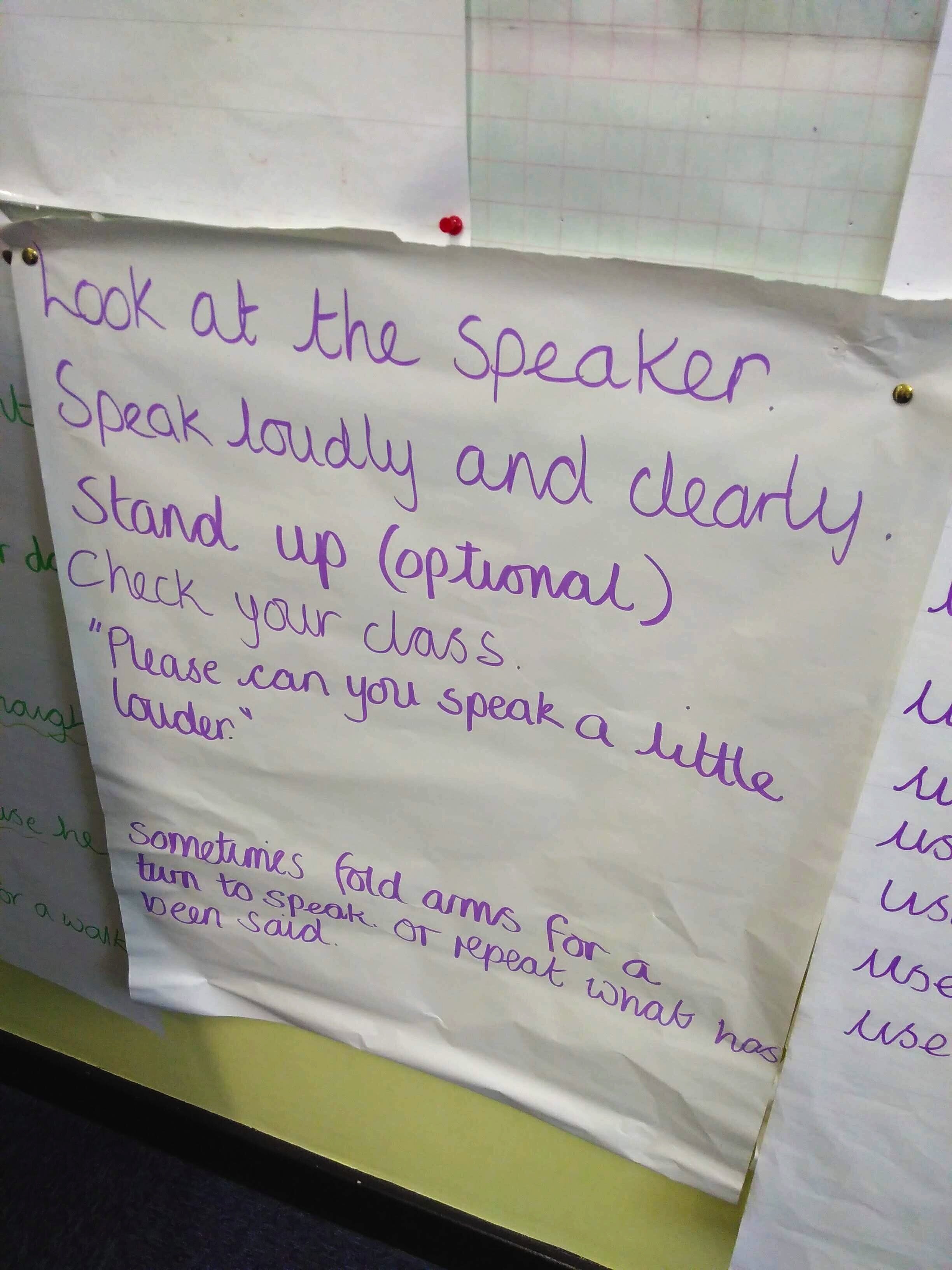
How one teacher raises accountability using a quick and simple technique
Lawrence the Lion and Maple the Meerkat tackle some philosophical dilemmas…
My top three strategies to make sure every pupil speaks during whole-class learning
A detailed description including building, helping, sharing and working together
It’s great that they are motivated to speak next, but are they really listening?
An inspiring podcast on using classroom talk in a rich and meaningful way
An oracy game, a mental workout, and an opportunity to practise respectful challenge
Pupil voice about whole-class talk in Reading lessons
The advantages of getting students to pass the talk to each other
Using an unexpected event as a P4C stimulus
Six things you can do to help pupils gain the skills and confidence to speak to a room full of people











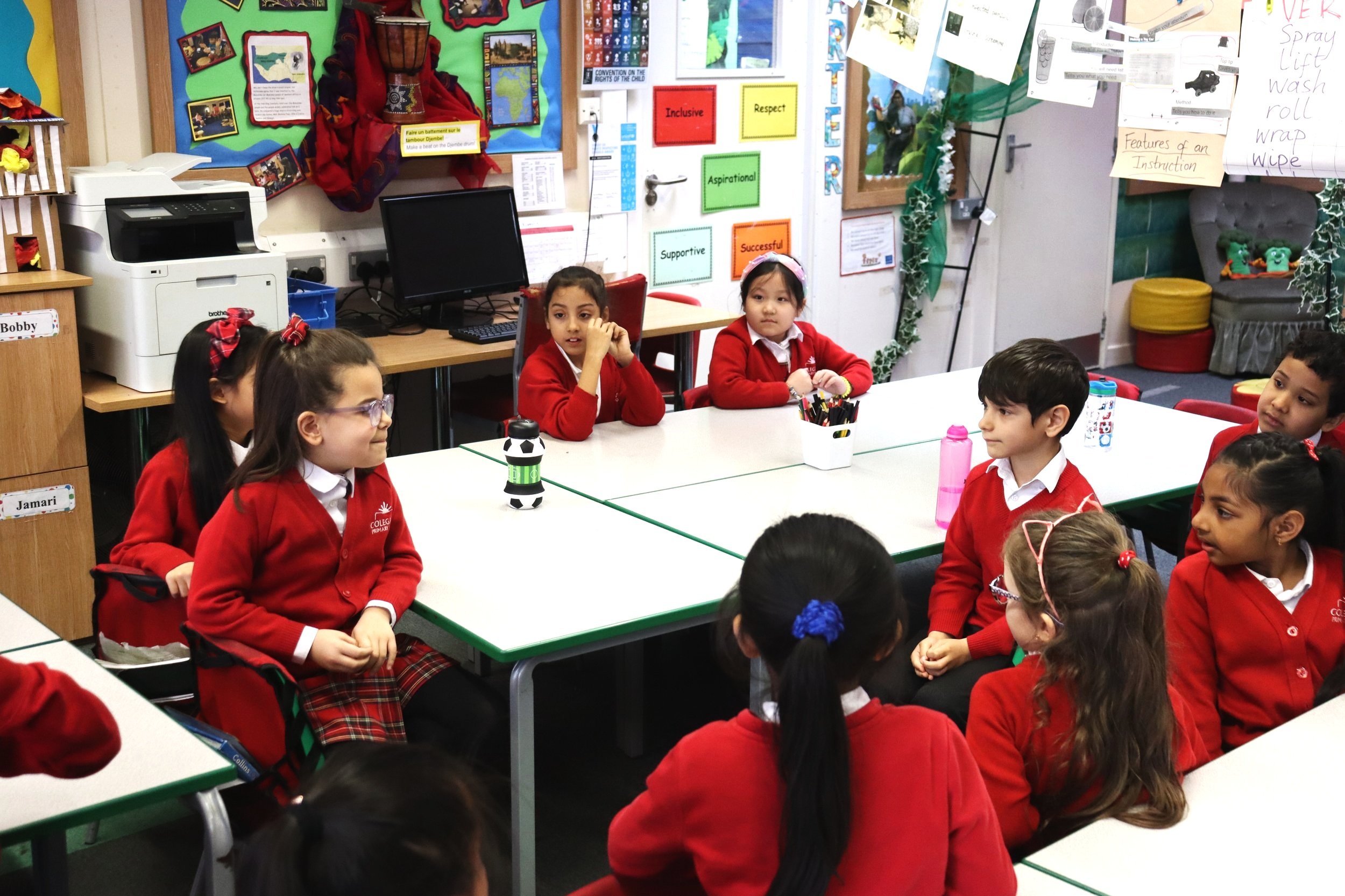












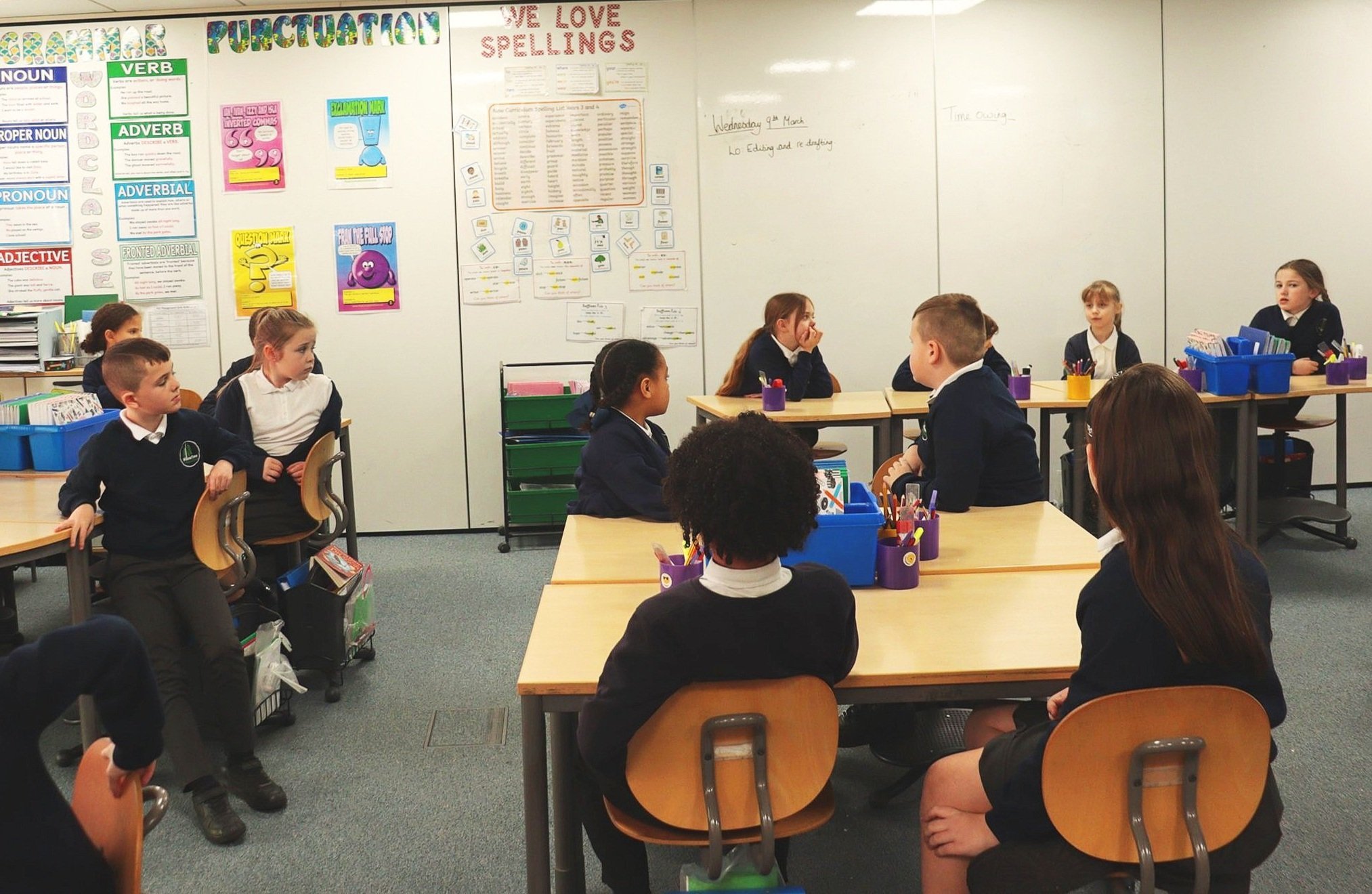


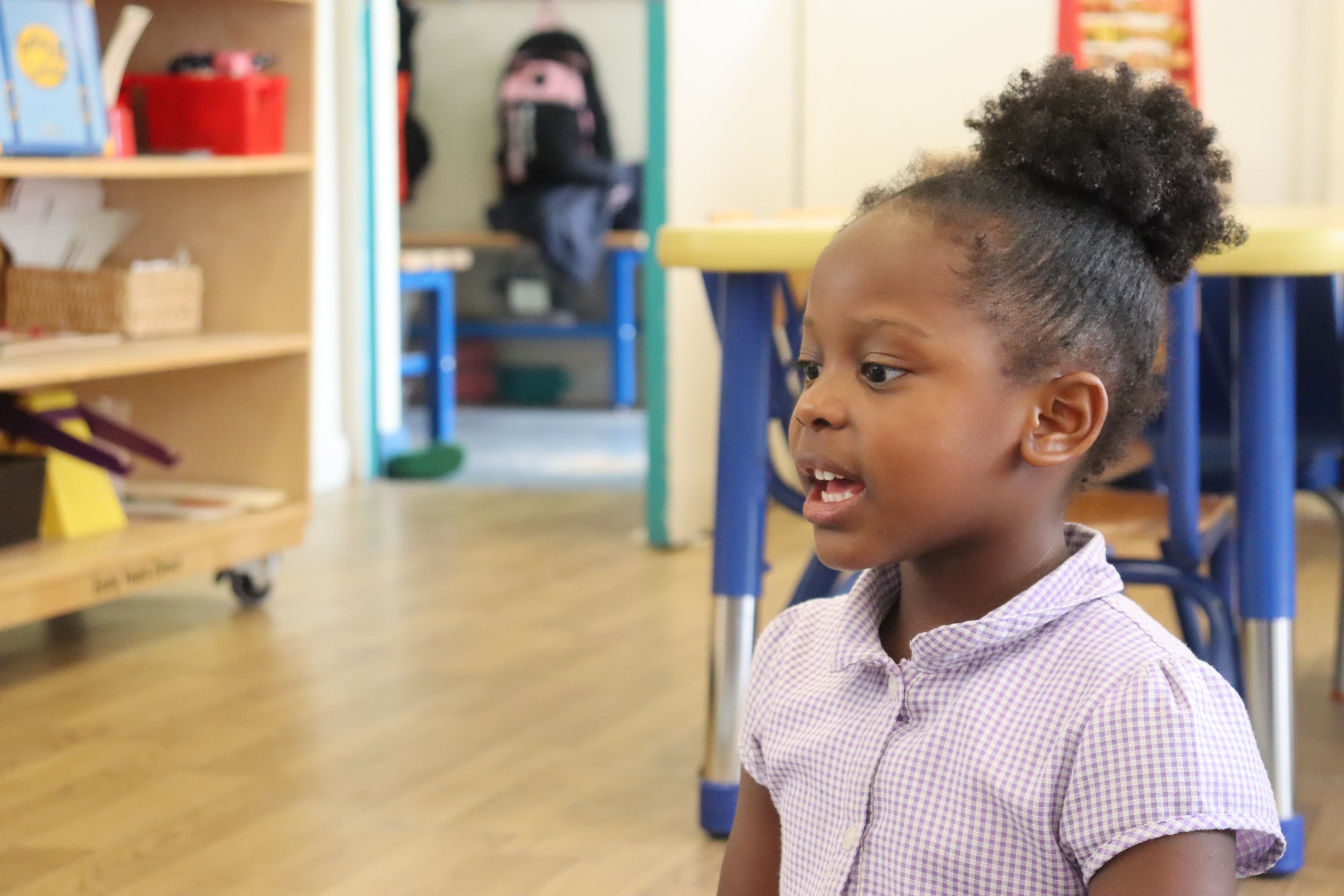
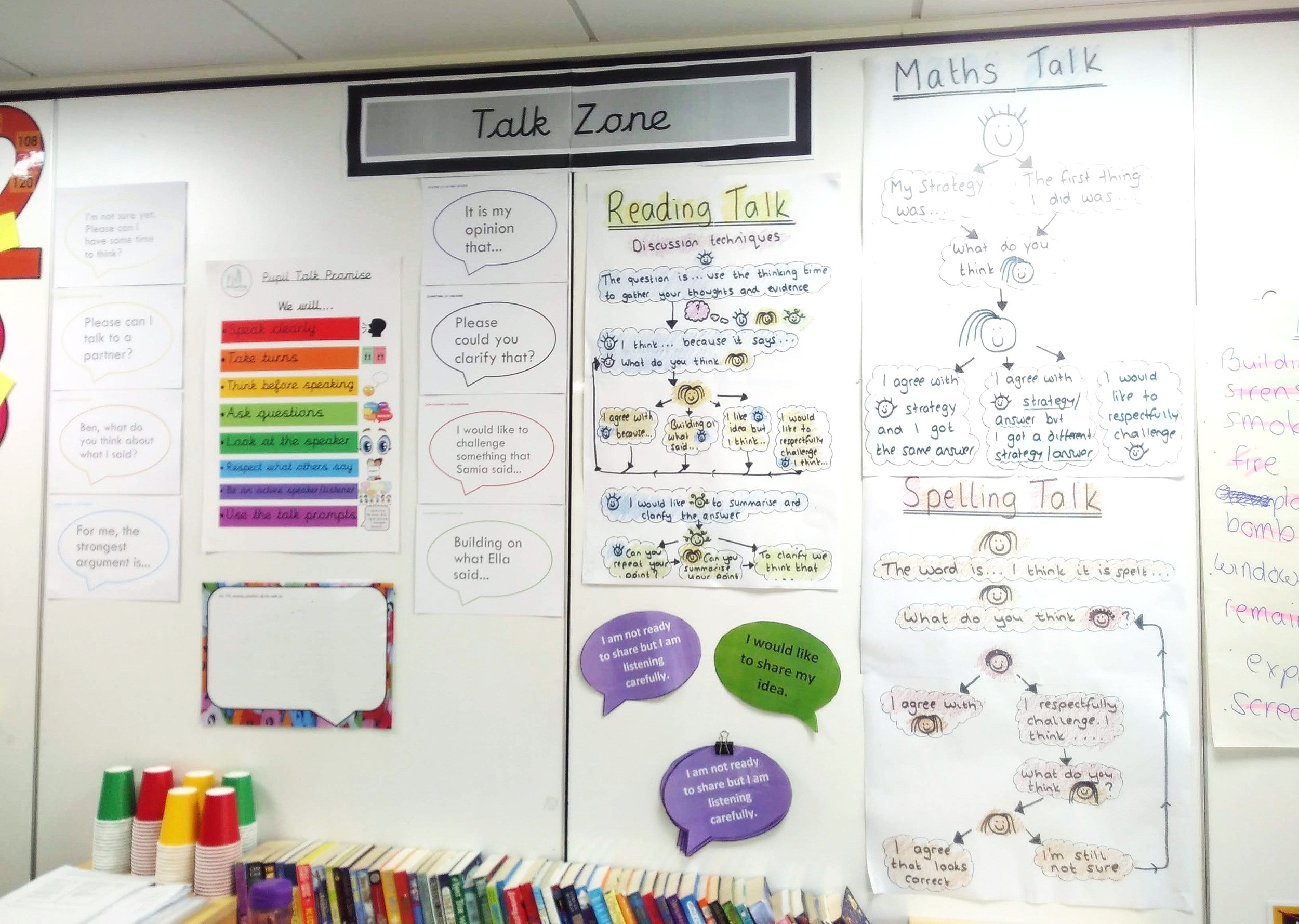

Get them really listening to, and thinking about, each other’s contributions